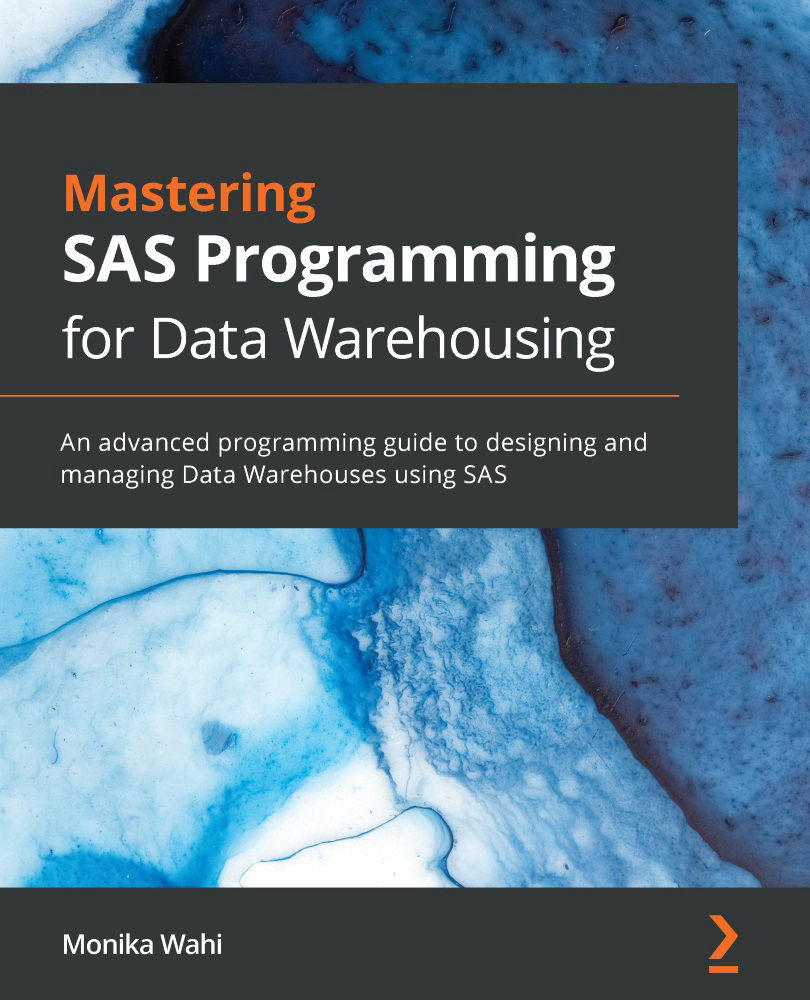Chapter 11
In de-identification, identifiers need to be placed on a server. If they are placed on a server not connected to the internet, there is no chance for a hacker to steal the identifiers by connecting to the server through the internet. Therefore, if real identifiers are placed on a server not connected to the internet, and while on that server, they are replaced with identifiers that are consistent but cannot be decoded to actual people, then the resulting data is safe. Even if they are placed on an internet server and stolen, the identifiers cannot be decoded by whoever stole the data. If no other identifying data is in the stolen data, then the privacy and confidentiality of the people represented in the database records are preserved.
As described throughout this book, data warehouse and data lake projects are enormously expensive and effort-intensive, so it is necessary to make them valuable so that analyst users use them. When data systems are set up such that...


































































